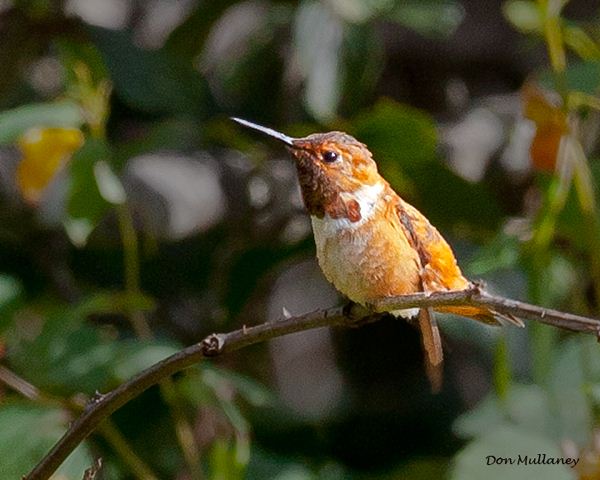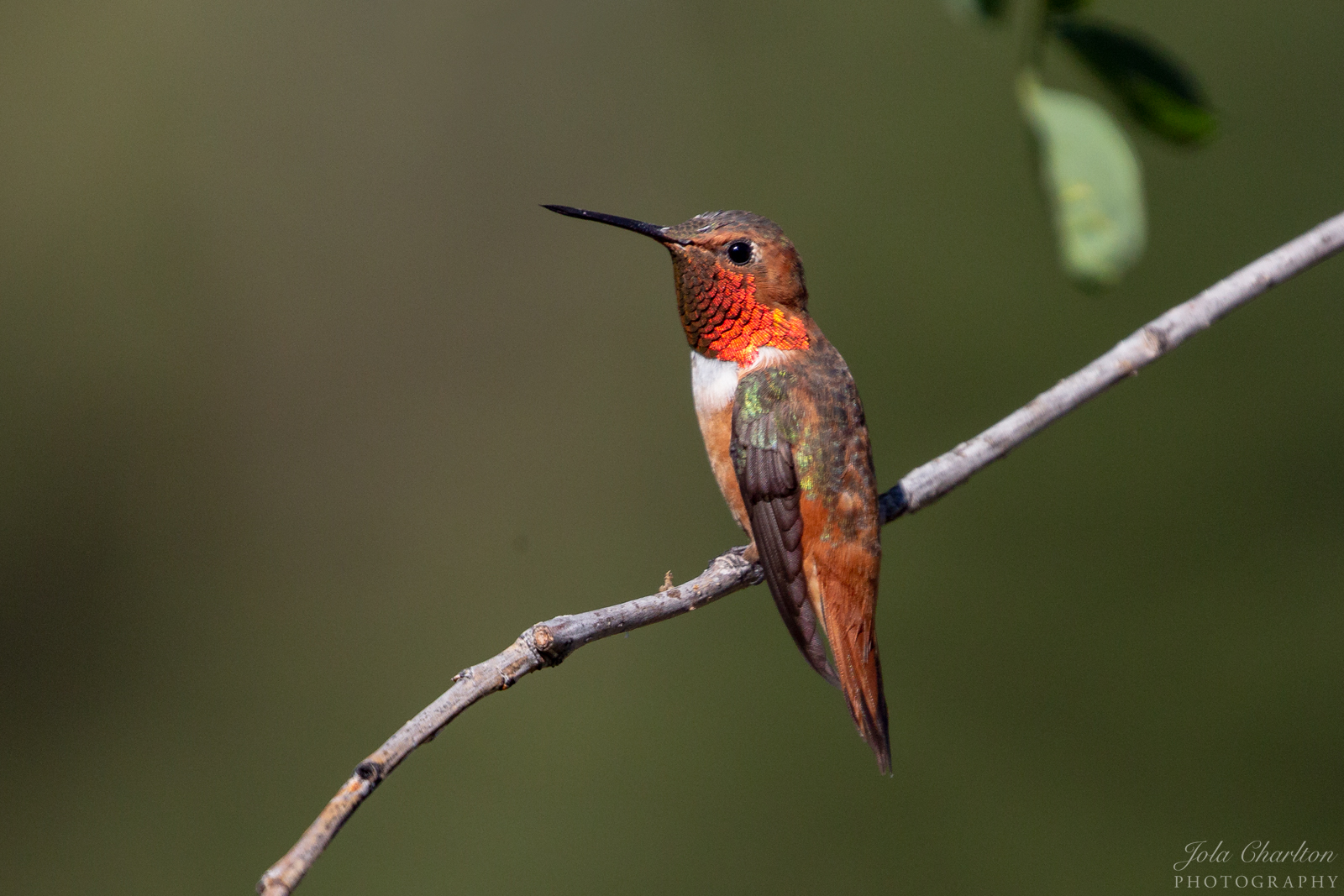


Being an advocate for green spaces is important too, and additionally being sure pollinators are considered when those spaces are designed or augmented. With this grim thought in mind, what can we do to help? Having native plants available for them is first and foremost, in our gardens or otherwise. Collections like this help us understand where these birds are going, what they’re eating, and more importantly, serve as data points for historical records for future research yet to be done. Ornithologists are so worried about Rufous Hummingbirds that they are on the United State’s 2014 State of Birds watch list, which is for species that require efforts to keep from becoming endangered or even extinct.Ī collection of male Rufous Hummingbirds at the Burke Museum. Their migrations may be epic and admirable, but they’re also dangerous and as urban areas spread, there are fewer links between food on their migratory path. This is mostly thought to be related to habitat availability. Rufous Hummingbirds have been in decline since the late 60s, their population dropping steadily by a percent or so each year. Males take this noise into high gear when they set up territory and display in a steep “j” shape, diving and circling back up for females that happen by.

This isn’t the hum of any hummingbird wings, but a high pitched whirr you can hear from many yards away. Their wings make a particular buzz, a sound I’ve come to associate with their spring arrival. Male Rufous Hummingbirds are particularly noticeable as they arrive back on territory or pass through. This is a very productive behavior, because it allows them to secure food, even in unknown locales with other species to compete with. They’ll also take over your feeder in a jiffy, or at least hold their own against a resident bird. They’re smaller, more rusty colored, and lighter on the front than Anna’s. We may only have a few Rufous breed on the Hill, but when they do migrate through, you’re likely to notice at your feeder. They are incredibly feisty little birds too, even compared to our impressively aggressive Anna’s Hummingbirds. They won’t show up here until there’s food to eat because they aren’t hardy enough to endure cold weather like our Anna’s do, without sufficient native forage. That’s how they arrived here, sipping their way north you can quite literally watch them arrive as native shrubs bloom and watch them disappear to the mountains once alpine meadows explode with nectar. A typical migration pattern for Rufous Hummingbirds is to follow the blooming cycle of plants in a loop that starts in California in January, heads our way by May at the latest, jets up to the alpine by mid June, and then continues through the interior states and back south along the spine of the continent. Once they get here, and only a few end up sticking around on the Hill, they breed fairly quickly and then get on their way toward more food. Some individuals go as far north as coastal Southeastern Alaska, which also makes them the most northerly breeding species of hummingbird in the world. They make lots of stops along the way, but when we compare body length to the distance they travel each year, they are champion migrants. They weigh only as much as a piece of paper (.2 oz), but they migrate here from Mexico. We’ve talked about our resident Anna’s Hummingbirds (Calypte anna) on Pikes/Pines before, but Rufous Hummingbirds are also very worthy of our attention.
RUFOUS HUMMINGBIRD FULL
With currants and indian plum blooming full bore, my ears have been perked for a familiar sound that graces the Hill, the delightful buzz of a male Rufous Hummingbird (Selasphorus rufus). Last month, I was thinking about early blooming natives, this month I’m focused on who will be the next migratory bird to show up on my door. This recent spell of unbelievably gorgeous weather followed by a chilly snap has done little to abet my craze for spring. A female Rufous Hummingbird taking a break between gulping nectar.


 0 kommentar(er)
0 kommentar(er)
